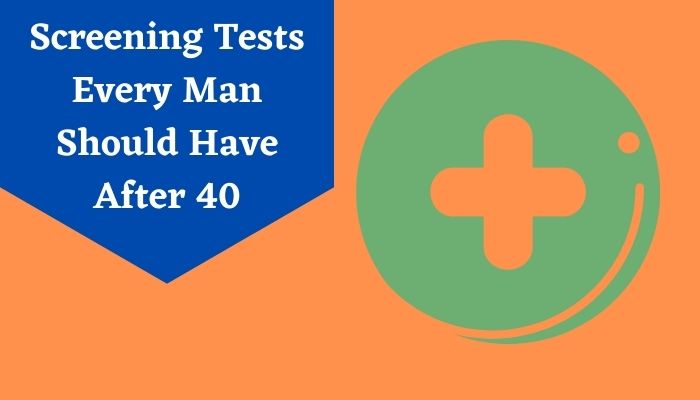The catecholamine blood test assesses the amount of catecholamines in your body. Catecholamines are a group of hormones mainly dopamine, norepinephrine, and epinephrine. These hormones are produced by adrenal glands (a small gland that is located above your kidneys). Your doctor may recommend these catecholamines tests to check the presence of adrenal tumors in adults. These tests are also beneficial in checking neuroblastomas, cancer that presents in the sympathetic nervous system in children. During stress, your body makes more catecholamines. These hormones are prepared by your body by making your heart beat faster and uplifting your blood pressure.

The costs of the catecholamines tests are Rs.500 to Rs.5000, depending on your location and place.
Please check the price of the catecholamine test in Delhi/NCR, your nearby centers and other details.
Summary of Catecholamines Test
| Also known as | Dopamine, Norepinephrine, Epinephrine Tests, Free Catecholamines |
| Test Type | Blood |
| Catecholamines tests include | To check the levels of catecholamines in your blood |
| Preparation | You may need to do fasting for 8-12 hours before the test. |
| Reporting | Within 24 hrs |
| Test price | The costs of the catecholamines tests are Rs.500 to Rs.5000, depending on your location and place. |
| Also included in | Health Insurance Plans |
| Related tests | A biopsy test |
Purpose of Epinephrine Tests
The catecholamine blood test checks the levels of catecholamines in your blood. Your doctor will recommend this test if you have a pheochromocytoma. This is a type of tumor is commonly present in your adrenal gland. Though most pheochromocytomas are benign, you need to remove them so that they don’t hamper the functions of the adrenal.The symptoms of pheochromocytoma are
- High blood pressure
- Increased heartbeat
- An abnormal hard heartbeat
- Heavy sweating
- Excessive headaches on and off
- Pale skin
- Unexplained weight loss
- Unnecessary frightened for no reason
- Unexplained anxiety
Some symptoms of neuroblastoma are,
- Painless lumps under the skin
- Abdominal pain
- Chest pain
- Back pain
- Bone pain
- Inflammation of the legs
- Wheezing
- High blood pressure
- Rapid heartbeat
- Diarrhea
- Bulging eyeballs
- Dark areas around the eyes
- Unexpected weight loss
- Fever
Preparation for Catecholamines Test
You may need to do fasting for 10-12 hours before the test. Certain medications may hamper the test results. These medications could be,- Acetaminophen
- Amphetamine
- Cold and sinus medications
- Antidepressants
- Diuretics, such as furosemide
- Insulin
- Lithium
- Tetracycline
- Vasodilators, like hydralazine (relaxes narrow blood vessels)
Procedure of Epinephrine Tests
Catecholamines Urine Test
If your healthcare provider mentions this test, then you need to follow the below-mentioned steps.- On day 1, urinate into the toilet when you wake up in the morning
- Urinate into the special container that has been given to you by the laboratory every time you use the bathroom for the next 24 hours.
- On day 2, urinate into the container in the morning again when you wake up
Catecholamines Blood Test
- A technician or nurse will clean the site preferably the upper side of your arm with an antiseptic
- He may ask you to remain seated or to lie down for half an hour before your test
- After tying an elastic band around your upper arm, he will identify the vein
- He will insert the needle into the vein and draw your blood sample into a tube
- Finally, he will take off the elastic band and the needle
- A bandage or gauze will be placed at the puncture site
Interpreting the Results of Catecholamines Test
The levels of catecholamines in your body change based on your positions like standing, sitting, or lying down.The test measures catecholamines by picogram per milliliter (pg/mL); a picogram is one-trillionth of a gram.
Norepinephrine
- Lying down: 70–750 pg/mL
- Standing: 200–1,700 pg/mL
- Lying down: undetectable up to 110 pg/mL
- Standing: undetectable up to 140 pg/mL
- Less than 30 pg/mL with no change in posture


